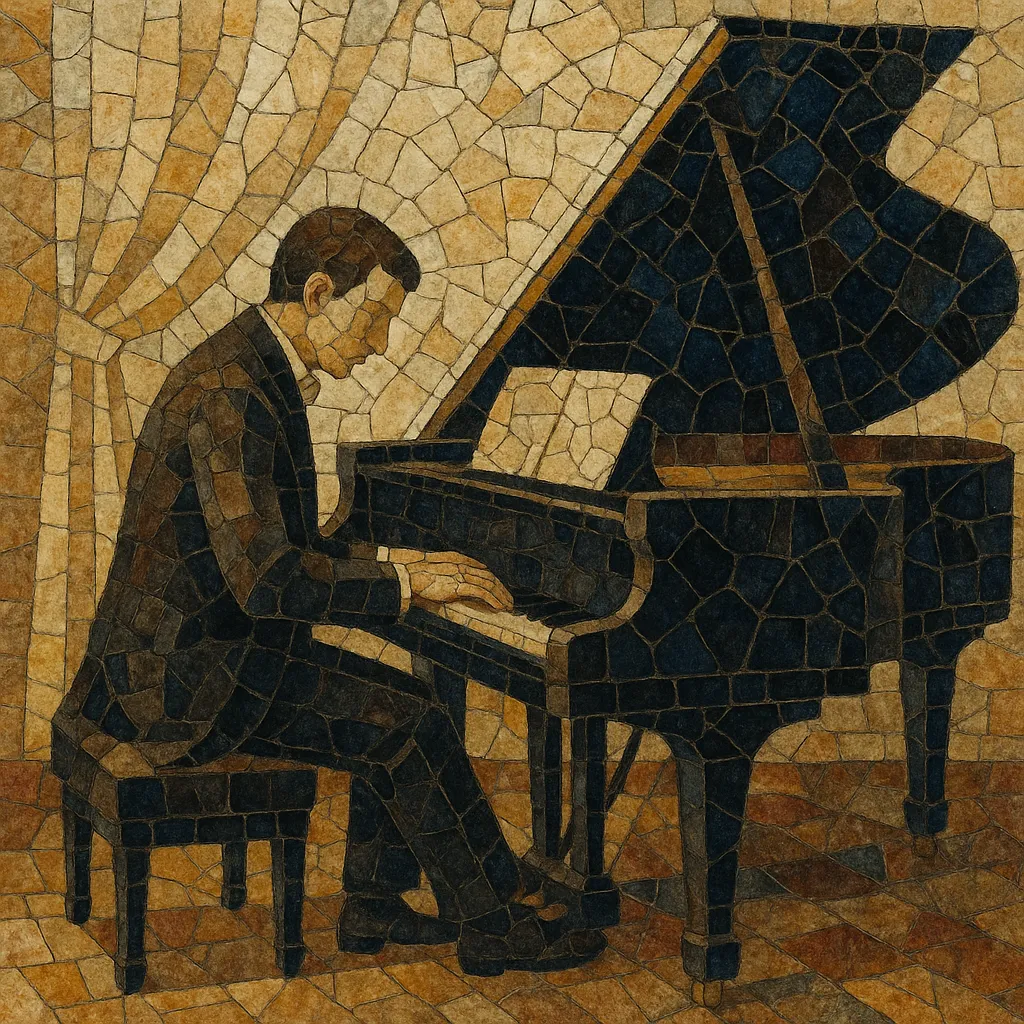Classical piano is the tradition of composing and performing music for the acoustic piano within the Western classical lineage. It emphasizes formal clarity, tonal harmony, contrapuntal writing, and expressive nuance across the full compass of the instrument.
Its core repertoire ranges from Classical-era sonatas and variations to Romantic character pieces, études, dances, and 20th-century impressionistic and modernist works. Pianists exploit dynamics, articulation, pedaling, and touch to shape phrases, imitate orchestral textures, and project both intimate lyricism and large-scale drama.
The piano emerged around 1700 in Italy (Cristofori), but the idiom of classical piano writing crystallized later in the Austrian-German sphere. Building on Baroque keyboard practices while moving away from the harpsichord’s limitations, Classical-era composers such as Haydn, Mozart, and the early Beethoven established the piano sonata, theme-and-variations, and rondo as core forms. Alberti bass patterns, balanced phrase structures, and clear tonal plans defined the style.
In the 19th century, the piano became a vehicle for virtuosity and personal expression. Composers including Chopin, Liszt, Schumann, and Brahms expanded harmonic language, texture, and pianistic technique. New genres—nocturnes, ballades, impromptus, character pieces, and concert études—flourished, while large-scale sonatas and concertos gained symphonic breadth. The salon and the concert hall both served as crucial spaces for dissemination.
Debussy, Ravel, and Scriabin transformed piano color through modal inflections, whole-tone and pentatonic scales, extended harmonies, and innovative pedaling. Their work shifted emphasis from traditional tonal motion to timbre, resonance, and suggestive sonorities, paving avenues toward modernism.
Throughout the 20th century, classical piano encompassed neoclassical clarity, expressive modernism, and minimalist processes. The concert repertoire solidified around historical masterworks while living composers continued expanding the instrument’s capabilities—through extended techniques, prepared piano, and new performance practices. Conservatories, competitions, and recordings shaped pedagogy, stylistic norms, and global reach.


